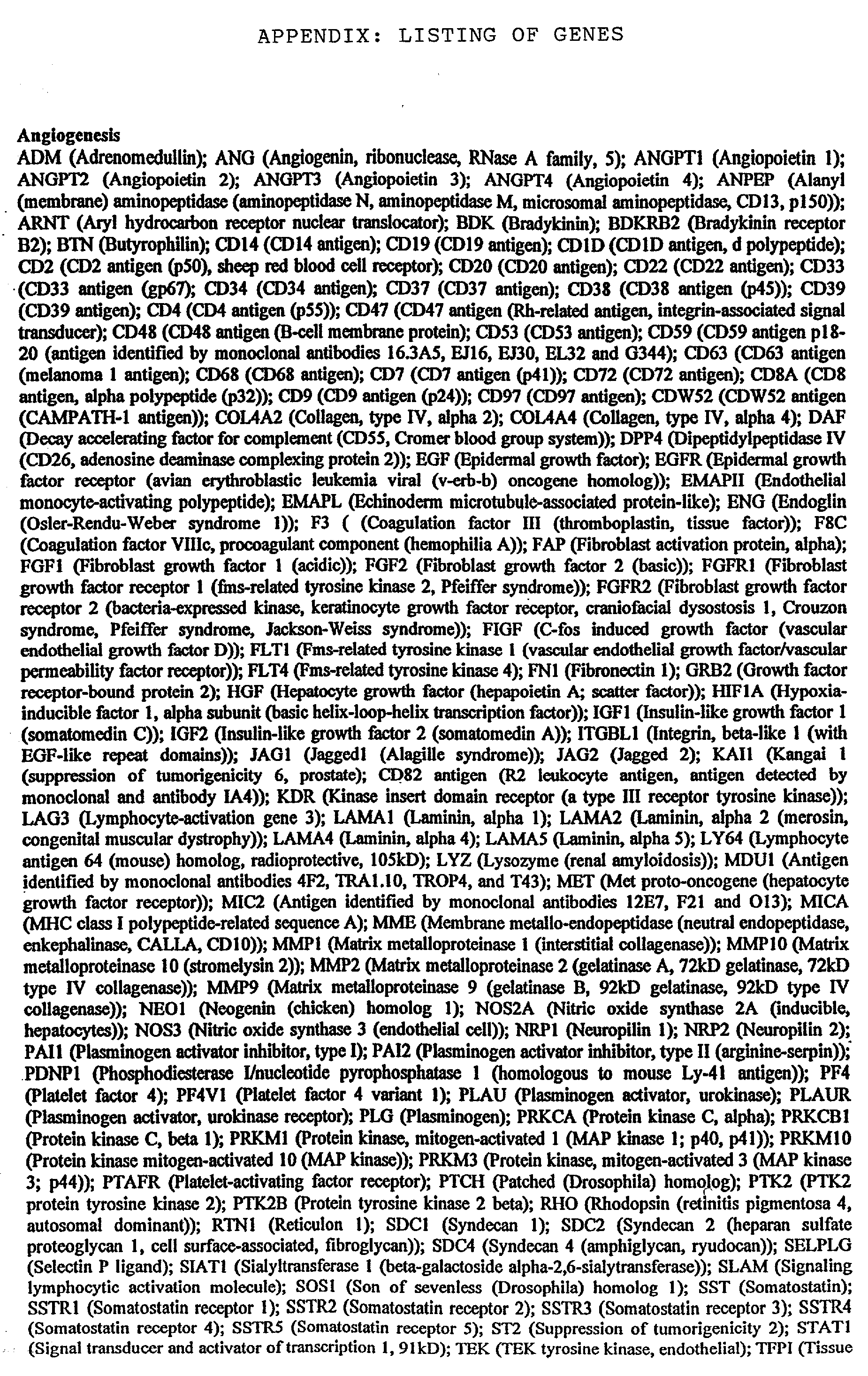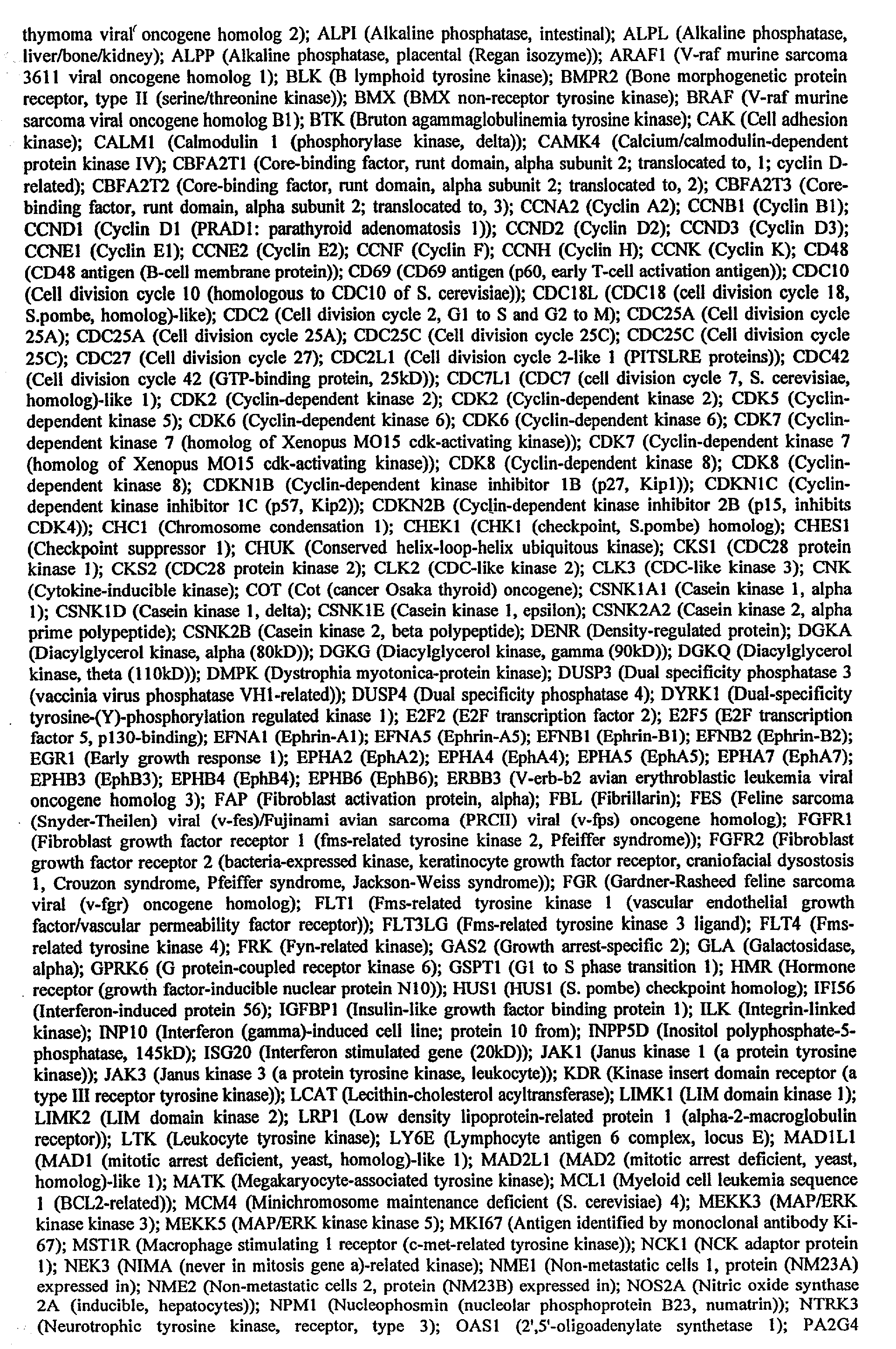Method for the development of gene panels for diagnostic and therapeutic purposes based on the expression and methylation status of the genes
a gene and gene panel technology, applied in the field of gene panel development based on the expression and methylation status of the genes, can solve the problems of high validation rate of the method, inability to achieve single-step characterization of the proteome, and inferiority to the modern method of gene expression based on rna analysis in two regards
- Summary
- Abstract
- Description
- Claims
- Application Information
AI Technical Summary
Benefits of technology
Problems solved by technology
Method used
Image
Examples
example 1
[0100] Proteomics Plus Subsequent Methylation Screening
[0101] In this example, a proteomics-derived step was used in order to analyse the expression level of a set of proteins. First, a 2-D Gelelectrophoresis according to standard protocols (see above) was perfomed for both a prostate cancer cell line and cells derived from a healthy prostate in which a staining with Sypro Ruby dye was used. Then, the resulting gels were scanned using a CCD-camera and the scanned picture were analysed using a computer-based analysis software, e.g. "Imagemaster" (Amersham-Pharmacia) or "Z3" (Compugen).
[0102] Proteins that were differently expressed in both analysis pattern were excised by a robot (Flexys robot, genomic solutions) and tryptically digested. The peptides were analysed using a MALDI-TOF mass spectrometry. The resulting fragments were analysed via peptide mapping and compared to the protein database (which one). Finally, the differently expressed proteins were listed and displayed. This l...
PUM
| Property | Measurement | Unit |
|---|---|---|
| macromolecular structures | aaaaa | aaaaa |
| mass spectrometry | aaaaa | aaaaa |
| gel electrophoresis | aaaaa | aaaaa |
Abstract
Description
Claims
Application Information
 Login to View More
Login to View More - R&D
- Intellectual Property
- Life Sciences
- Materials
- Tech Scout
- Unparalleled Data Quality
- Higher Quality Content
- 60% Fewer Hallucinations
Browse by: Latest US Patents, China's latest patents, Technical Efficacy Thesaurus, Application Domain, Technology Topic, Popular Technical Reports.
© 2025 PatSnap. All rights reserved.Legal|Privacy policy|Modern Slavery Act Transparency Statement|Sitemap|About US| Contact US: help@patsnap.com



